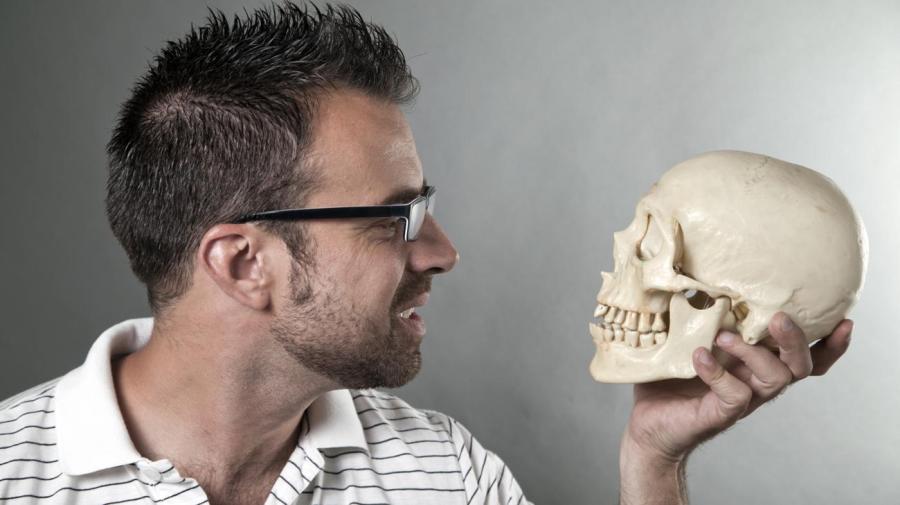What Is the Function of the Skull?

The main and overall function of the skull is to protect the brain and sensory organs and support facial structures. Individual bones within the structure of the skull take on other and more specific roles.
There are 22 individual bones in the human skull or cranium. They can be loosely divided into two groups: the cranial, which is at the top of the head, and the facial bones, which is at the front of the skull.
Some aspects of the skull are not fully understood. For example, there are sinus cavities within the cranial bones whose purpose is not known, although it is thought that these serve to decrease the weight of the skull. Some bones act to support specific regions of the face and head. The temporal bones act to support the temples while the occipital bone at the rear of the cranium support the back of the head.
The sphenoid bone, which is at the side of the head, and the ethmoid bone, located between the eyes, make up the structure of the eye socket. The ethmoid bone also plays a role in the structure of the nose and protects the vital structures like the eyes and nasal passages behind it.
The mandilla and maxilla bones around the mouth hold the teeth and mouth in place and allow for movement of the jaw. The nasal conchae are small bones located at the nose, which serve to filter the air that is breathed into the nasal cavity.





